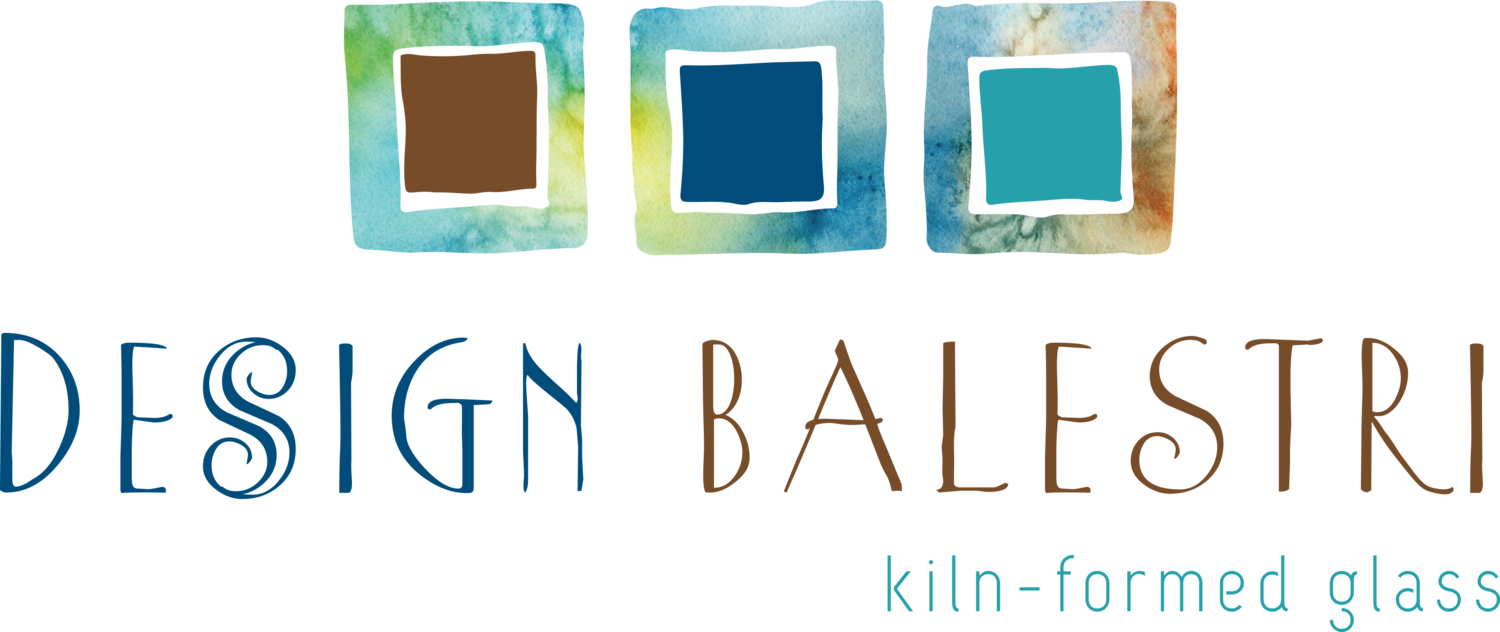About the Artist
Located in sunny San Diego, Suzanne Balestri was an interior designer when she first began her explorations with kiln-formed (fused) glass. After taking a glass workshop for fun in 2006, it didn’t take long for her passion for the glass medium to grow. She soon began taking more in-depth courses in fused glass as well as jewelry design and fabrication at UC San Diego. In 2008, Suzanne began participating in art shows and, before she knew it, was selling her work in over 50 boutiques and galleries across the country.
Suzanne shifted her focus to concentrate on personal artistic endeavors, and in 2017 began teaching kiln-formed glass locally. She absolutely loves sharing her knowledge and enthusiasm for this medium with all levels of students and continues to receive wonderful feedback from them! She offers classes, workshops, and team building events at UC San Diego Craft Center, San Diego Craft Collective, Fallbrook School Of The Arts, and at Balboa Park’s Spanish Village Art Center. View her upcoming offerings here or contact her directly for inquiries.
About the Process
Fused glass art was first developed by the Ancient Egyptians. Today, glass fusion requires carefully measuring, cutting and cleaning fusible glass before layering and assembling it into the desired conceptual design. The assembled unit is then placed into a kiln for several hours until it reaches the point at which the layered pieces melt into each other to become one piece. The final process temperature varies depending on the outcome desired. The kiln is then cooled over several hours, which anneals the glass to give it strength and durability. If the piece is to take on a shape (i.e. it is not to remain flat), it will be put back into the kiln over a mold for an additional firing at a lower temperature in order to take the shape of the mold. Most pieces come out of the kiln requiring further work (called “cold-working”) which includes grinding, drilling, sawing or sandblasting, to perfect the design integrity. After the piece is cold-worked, it can require yet another round through the kiln – at even slower heating and cooling rates – to “fire-polish” the piece.






